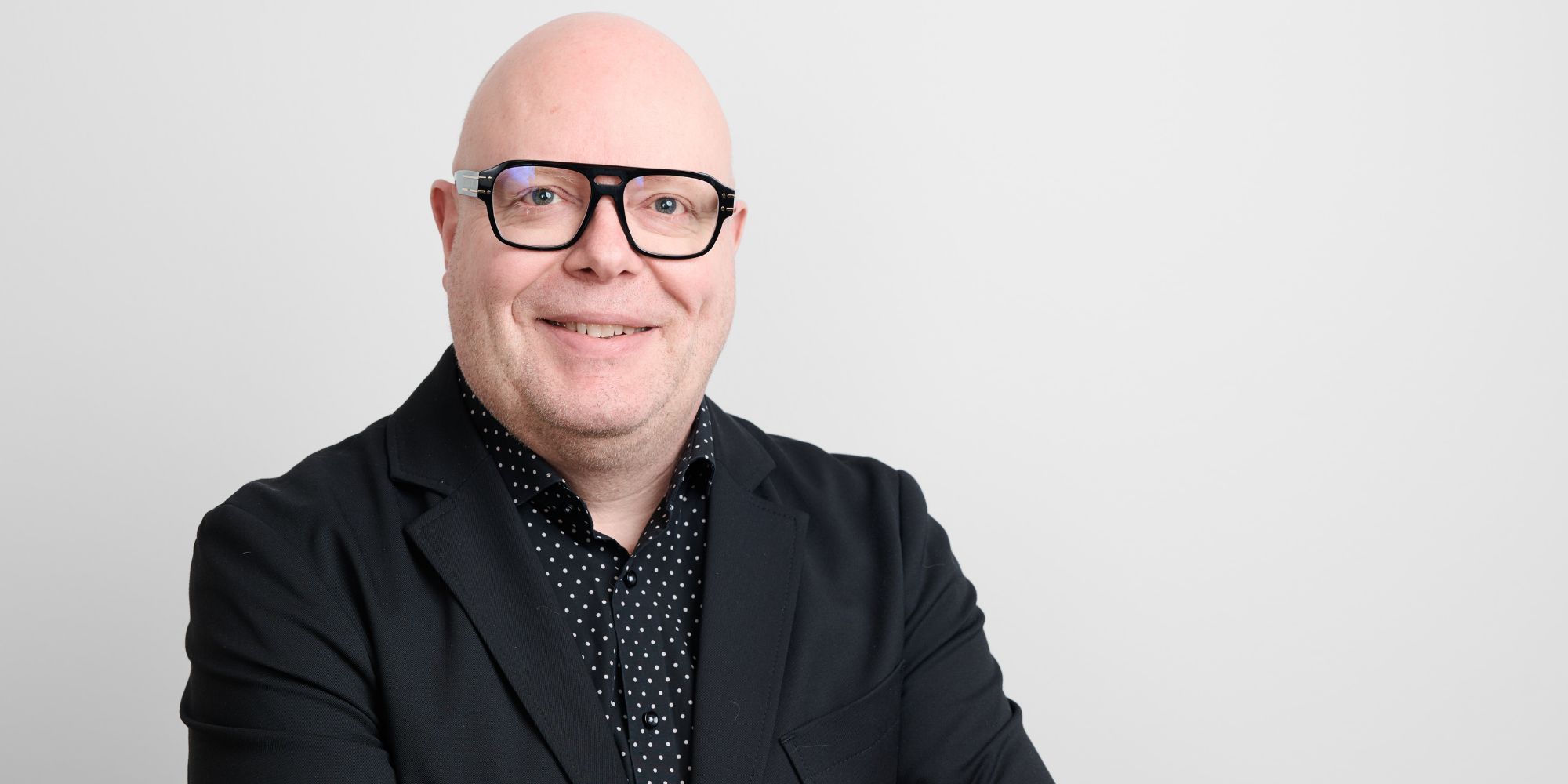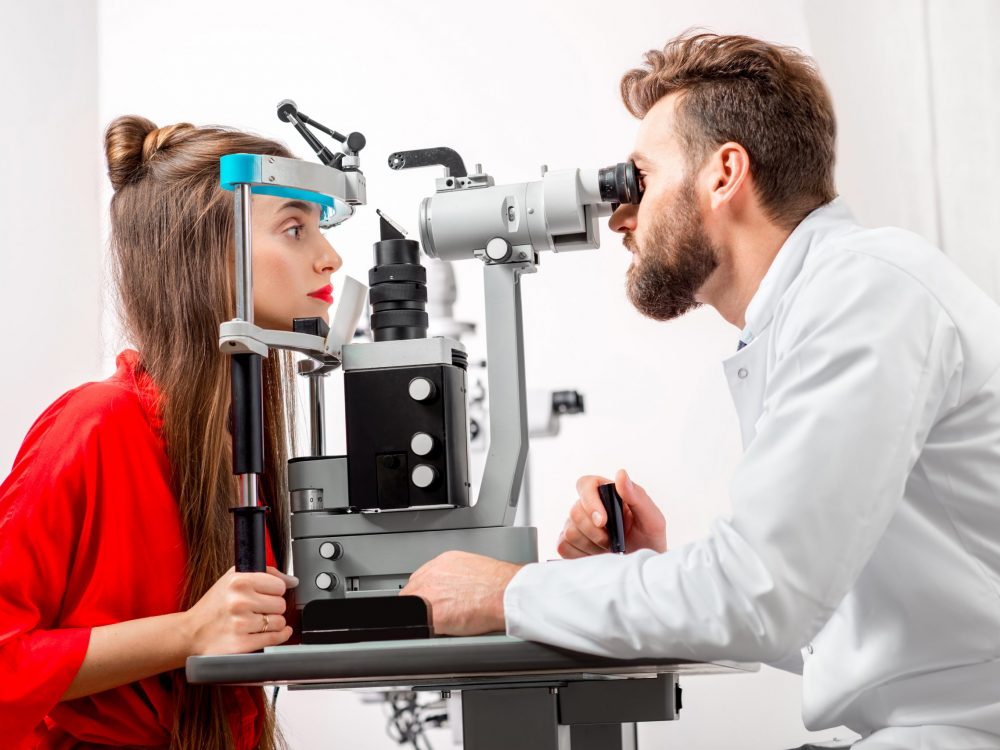
The government’s decision at the spending limits session brings help to eye health care queues. NÄE ry is appreciative of the government for its decision to remove Article 16 of the Decree of Health Care Professionals (in Finnish: terveydenhuollon ammattihenkilöasetus) that was inherited from the 1960s. This will free up resources and achieve significant cost savings.
The government’s decision on Tuesday, 16.4.2024, to remove Article 16 of the Decree of Health Care Professionals will bring concrete help to eye health care queues.
“We at Näe ry thank the government for their good decision taken at the spending limits session. Access to treatment in eye health care will finally improve. The decision that was made now, together with the decision to lift the Kela compensation for specialist doctors’ fees that came into effect at the beginning of the year, will finally bring tangible help to those waiting in eye health care queues,” says Panu Tast, managing director of Finnish Association of Vision and Eyecare NÄE ry.
Optometrists’ know-how helps to break up treatment queues
Almost 29,000 people are currently awaiting treatment. More than 1,800 of these individuals awaiting treatment are in so-called “illegal queues” that exceed 6 months. Close to 13,000 patients are waiting for treatment in cataract queues.
Article 16 of the Decree of Health Care Professionals that was inherited from the 1960s has forced, for example, everyone whose eyes have been operated on before, even if only for refractive error surgery, to become clients of ophthalmology specialists. Because of this, up to 150,000 people with healthy eyes have to visit ophthalmologists every year just to have their eyeglasses replaced.
“With the decision at spending limits session, along with the amendment to the regulation going into separate preparation, optometrists, i.e. licensed opticians with a limited right to prescribe medication, will be able to better participate in the determination of glasses after eye surgery, eye examinations and the treatment of people suffering from eye diseases. Consequently, the time of specialists would also be freed up to treat those patients who really need specialist-level expertise. To simplify matters, the service provided to eye disease patients will improve and treatment queues will be shortened,” says Tast.
According to a survey carried out by NÄE and Suomen Optometrian ammattilaiset ry – Soa (Finnish Professionals of Optometry) in early 2024, experts have agreed that the current eye health care is ineffective and in need of reforms. With the change in the Decree of Health Care Professionals that is now being prepared, wellbeing services counties can also make use of the multi-professional expertise of optics stores in their own service production even more widely, for example, in the way indicated by the 2017 change in the legal interpretation concerning school children’s eye examinations and the practices that followed it. The use of the private, already equipped sector not only frees up resources for the treatment of demanding eye diseases in the public sector, but also helps to achieve significant cost savings in the severe financial crisis of the social and health care sector.
Additional information:
Panu Tast
Managing director
Finnish Association of Vision and Eyecare NÄE ry
panu.tast@naery.fi
+358 (0) 40 542 2227


